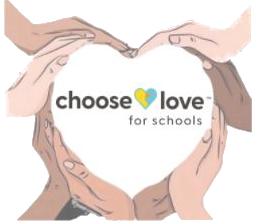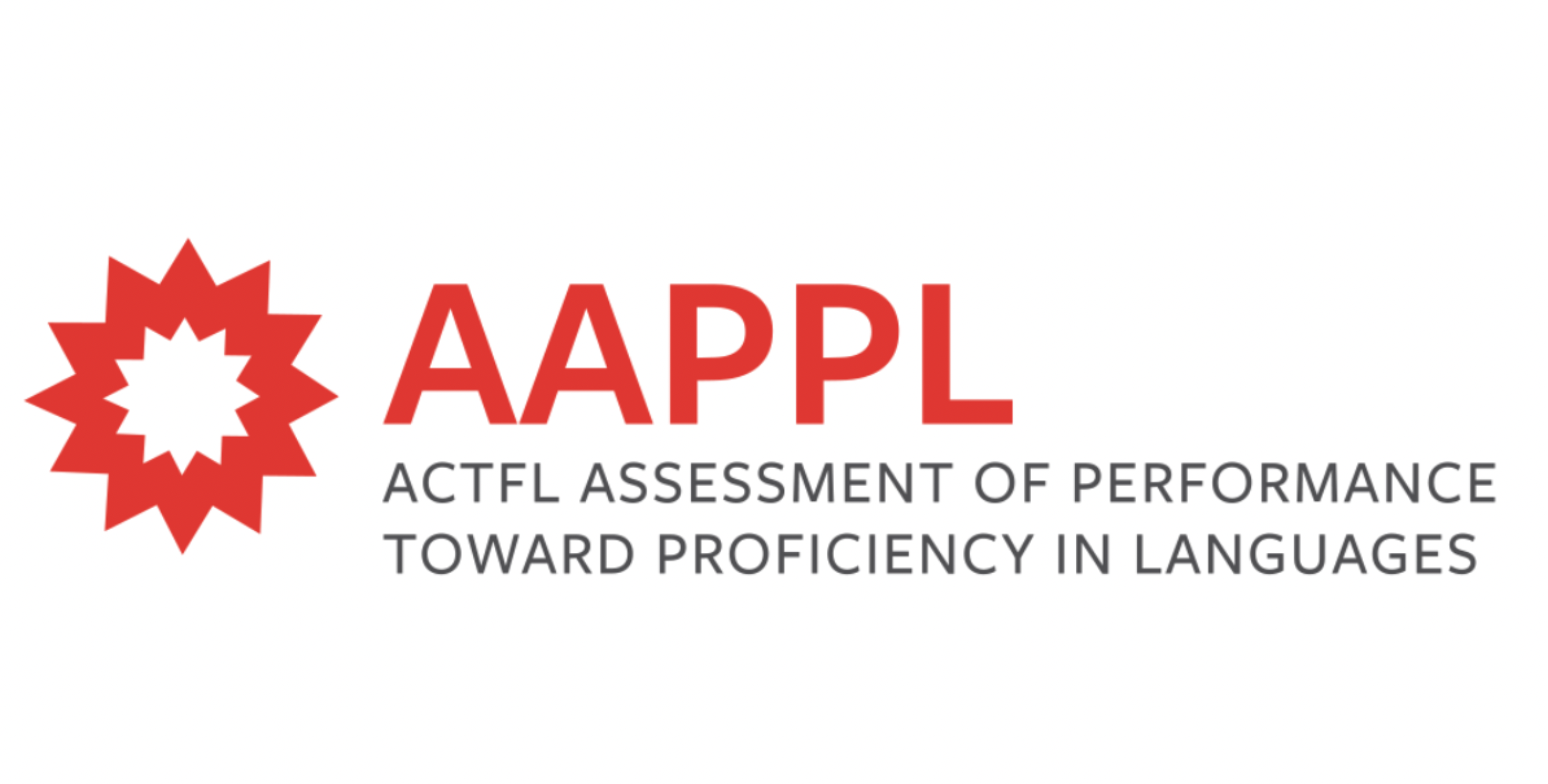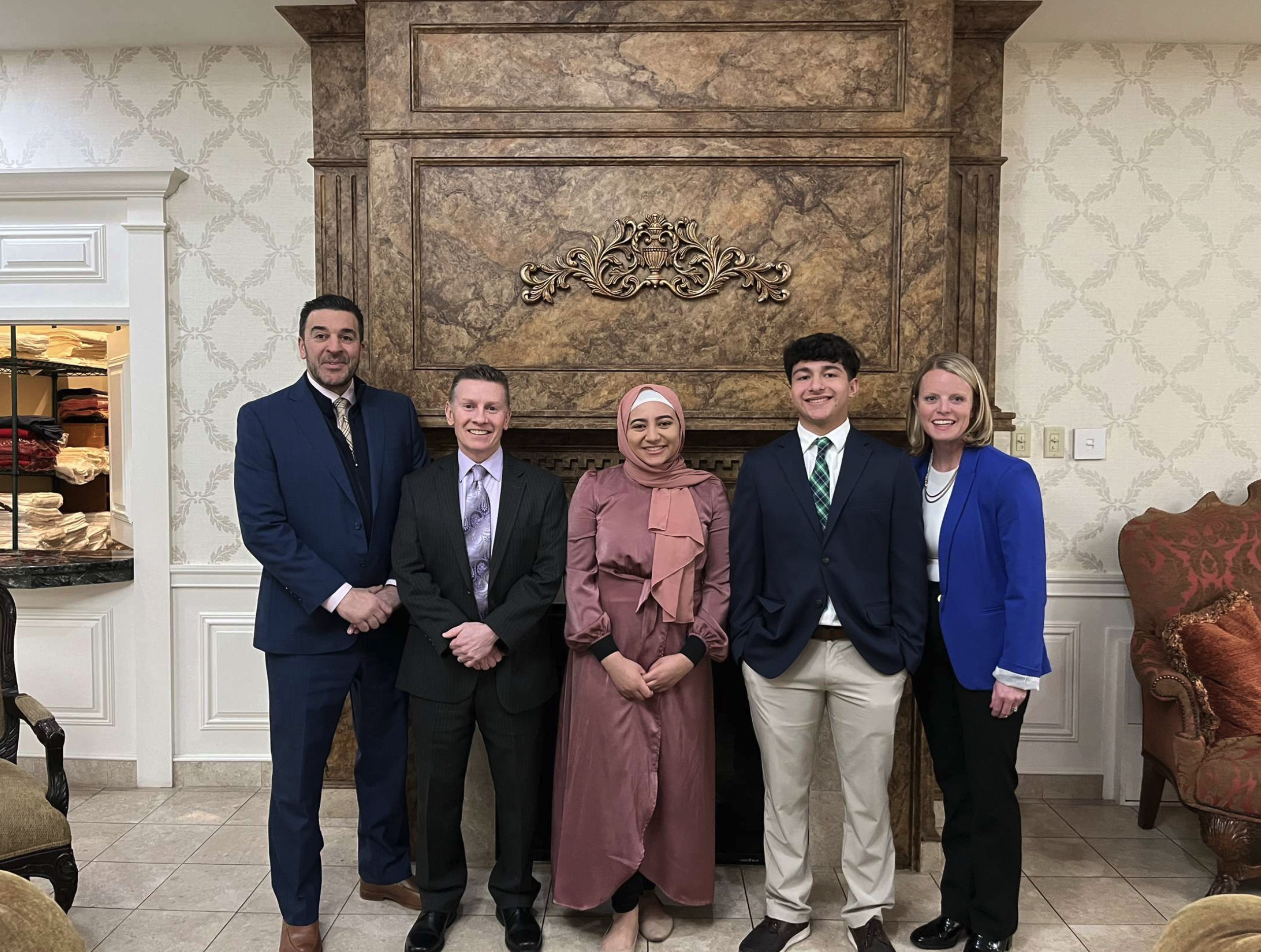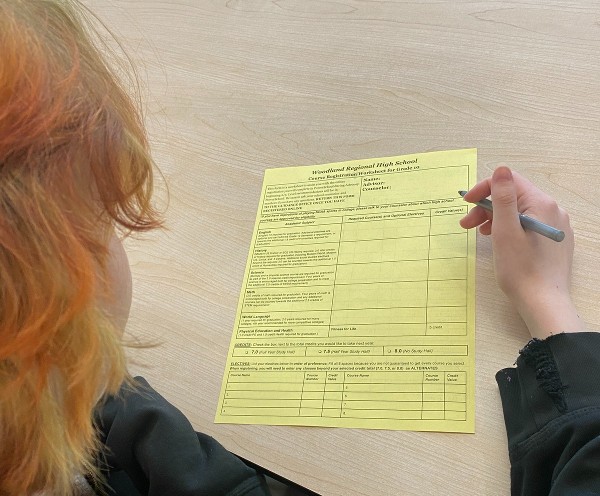March 22nd, 2022 is a well known day at Woodland Regional High School. It’s SAT prep for the underclassmen, a nightmare test day for the juniors, and a day off for the seniors. However, for most AP, Spanish 5, and advanced Italian students, that day off has become a four and a half hour testing session.
Out of the four parts, reading and listening were completed the week of March 16th, any students receiving above a passing score moved on to finish the speaking and writing sections the week of the 22nd. Nevertheless, Woodland seniors aren’t letting the tense atmosphere and pressure affect their mentality, with several students dedicating hours to studying and mindfulness.
The biliteracy test is designed to assess a student’s ability to write in a given language. “The student must also demonstrate the necessary reading skills to process and respond to written questions,” according to the ALTA Language Services. In addition to adding this title to your accomplishments and gaining bragging rights, the Global Seal of Biliteracy offers the possibility of college credit.
The blog, “The Global Seal,” commented, “Language credentials that provide evidence of a certain proficiency level support advance placement, scholarship and internship applications and expanded workplace opportunity and pay differentials.”
Spanish 5 teacher, Daniela Santos, offered her thoughts on the test, saying that her goal is to give her students an opportunity to further their Spanish careers. “Not only does it allow them to put [the seal] on their resumes… but it is an opportunity for them to move forward in college and start with nine credits at state schools.”
Loren Luddy, the AP Spanish teacher, also offered up more insight about the test, “[The test] lets students know exactly where their proficiency level is.” She went on to mention how some colleges will use it as their placement test. Luddy also brought up her hope that students will “…be able to have some confidence in their Spanish abilities,” after this test. “They see their score and [think] ‘wow, I’m pretty good.’”
As for preparation, the test is an accumulation of knowledge from seventh grade Spanish to AP Spanish. Anything from vocab lists to class activities aid in the preparation for this test.
“Our curriculum is sort of designed to hit every topic that’s on the AP test; therefore, it’s also on this test,” said Luddy. “It’s just a matter of pulling in stuff that you learned two or three years ago.”
On the AAPPL, students have a score range of seven levels of proficiency. To pass, they need to hit the mid range, Intermediate Mid (I3). These levels are below the AP standards, with the AP test starting at an Advanced low level (A1).

Grace Tottenham, a senior taking Spanish 5, shared her thoughts on the exam. “I was stressed going into it but was surprised how well I did on the first half.” She went on to mention how she watched telenovelas like Silvana Sin Lana to prepare. She offered valuable advice for anyone taking it in future years: “Practice expanding your Spanish vocabulary. It’ll help with the writing section and understanding the listening/speaking.”
On the other hand, Kayleigh Budnick, a senior taking AP Spanish, mentioned how she felt more prepared for the biliteracy test, knowing that the AP test would be harder. Since September, she’s prepared for the AP test along with her classmates, actively practicing speaking and the application of the new language. “The best way to prepare for either test is to constantly speak Spanish. In class, at home when practicing, it’s all beneficial,” she stated.
Although there is no official date for when the second set of scores will be released, language studying seniors continue to work hard, a majority inadvertently earning cords in the World Language Honor Society. There is much to look forward to as the year progresses towards a close, however if one thing has become abundantly clear… it’s that you can take a student away from the classroom, but you will never take the knowledge learned in that classroom away from the student.



















